Want to write more vividly? It all starts with choosing the right words. This guide focuses on a often-overlooked group: adjectives that begin with “T.” We’ll show you how to use them effectively, avoiding common mistakes and making your writing shine. Think of it as a cheat sheet for crafting powerful descriptions – whether you’re a seasoned writer or just starting out, you’ll find helpful tips and tricks to boost your writing game. Let’s unlock the descriptive power of “T” adjectives together! For even more word choices, check out this guide on adjectives starting with O.
Adjectives Starting with T: Unlocking Powerful Descriptions
Let’s explore the world of adjectives beginning with the letter “T.” These words hold the power to paint vivid pictures and add depth to your writing. Mastering their nuances can significantly elevate your descriptive skills. How do you effectively harness this power? Let’s find out.
The Versatility of “T” Adjectives
The letter “T” unlocks a diverse range of descriptive words. Consider the contrast between “tasteful” and “tacky,” or “tender” and “tense.” These distinctions are crucial. Choosing the precise word is essential – the wrong word can completely alter the meaning or impact of your sentence. It’s about conveying the right feeling.
We can group “T” adjectives into positive, negative, and neutral categories. However, this isn’t always straightforward. Context is key! A word’s connotation can shift depending on its surroundings. For example, “tall” is usually neutral, but it can be positive (a majestic redwood) or negative (a person feeling awkward in a small room). Understanding this context-dependent nature is key to using these words effectively.
Positive “T” Adjectives: Painting with Pleasantries
These words evoke feelings of pleasure, approval, or admiration. They add a warm, inviting, or uplifting tone to your writing. Think about the comfort of “tender,” the sophistication of “tasteful,” or the brilliance of “talented.”
- Examples: Triumphant, talented, tenacious, tranquil, terrific, thoughtful, trustworthy, timely, tantalizing, therapeutic, thriving, top-notch, touching, transparent, treasured.
Let’s illustrate this with an example:
- Weak: The performance was good.
- Strong: The performance was terrific – a triumphant display of talent, a touching and transparent expression of emotion. Notice how “terrific” and “triumph” celebrate the performance, while “touching” and “transparent” highlight its emotional impact.
Negative “T” Adjectives: Adding a Touch of Trouble
These words communicate disapproval, unpleasantness, or negativity. They inject a sense of unease, frustration, or even fear into your descriptions. Words like “terrible,” “tiresome,” and “tormented” instantly create a dark atmosphere.
- Examples: Terrible, tedious, tiresome, terrifying, tyrannical, tactless, tainted, turbulent, tragic, torturous, traitorous, troublesome, truculent, tumultuous, taxing.
Here’s a comparison to demonstrate the impact:
- Weak: The journey was difficult.
- Strong: The journey was tedious and tiresome, a torturous and turbulent experience that tested everyone’s resilience. “Tedious” and “tiresome” convey the drudgery, while “torturous” and “turbulent” suggest a painful and chaotic experience.
Neutral “T” Adjectives: Stating the Facts
These adjectives offer objective descriptions without expressing positive or negative judgment. They provide factual information, letting the reader draw their own conclusions about the subject.
- Examples: Tall, thin, tired, typical, technical, temporary, total, tense, terrestrial, temporal, tubular, turbid, turgid, two.
See how precision changes the impact:
- Weak: The device was useful.
- Strong: The device was a technical and typical example of its kind, offering a temporary solution to a tense situation, though its tubular design was somewhat turbid. The improved description gives us more detail, allowing us to visualize the device and its purpose more accurately.
The Art of Choosing the Perfect “T” Adjective: A Writer’s Toolkit
Selecting the most effective “T” adjective requires careful consideration of several factors:
-
Context: What are you describing? What feeling do you want to create? What’s the overall tone of your writing? A “tense” atmosphere is very different from a “tranquil” one.
-
Audience: Who are you writing for? Consider their knowledge and expectations. Technical language might be appropriate for a scientific paper but not for a children’s story.
-
Purpose: What are you trying to achieve? Are you aiming for a humorous, serious, or informative tone? Your choice of words should align with your overall goal.
Expanding Your “T” Vocabulary: Beyond the Basics
Don’t limit yourself to the most common “T” adjectives. Explore less-used but equally powerful words to add depth and sophistication to your writing. Think of words like tangible (perceptible by touch), taut (tightly stretched), tumultuous (disorderly or noisy), tenuous (very weak or slight), trenchant (incisive or keen) – each adds a unique flavor and brings new descriptive possibilities. Dictionaries and thesauruses are your best friends here!
Putting it into Practice: A Writing Exercise
Let’s test your newfound knowledge. Choose a scene—it could be anything from a bustling city street to a quiet forest. Now, write a detailed description of that scene using at least five different “T” adjectives. Focus on using strong verbs and vivid imagery. Avoid vague or general terms. Then, review your description: Does every word enhance the scene’s impact and accuracy? For example: The towering trees cast a tranquil shade, while a tangible tension hung in the air as a tumultuous storm threatened. The tired travelers sought temporary shelter, their faces etched with a telling tale of a treacherous journey.
Mastering “T” adjectives, like mastering any part of language, takes time and practice. But the rewards are well worth the effort. By carefully choosing your words, you can elevate your writing from ordinary to exceptional. The more you experiment, the more confident you will become in your ability to paint vivid and accurate pictures with words.
How to Choose the Best T Adjectives for Impactful Marketing Copy
Key Takeaways:
- Strategic adjective selection significantly boosts marketing impact.
- Understanding the nuances of “T” adjectives enhances your copy.
- Consider target audience, brand identity, and marketing channels.
- A/B testing helps refine your adjective choices.
- Avoid overuse; prioritize impactful, concise language.
- Incorporate SEO keywords naturally.
Unlocking the Power of “T” Adjectives
Want to make your marketing copy truly sing? The right adjectives are key. Let’s focus on adjectives starting with “T”—a versatile group. Mastering this unlocks descriptive power. The strategic use of “T” adjectives can transform mundane descriptions into compelling narratives that resonate with your target audience.
Think of adjectives as the spices of your marketing copy. Too little, and the writing tastes bland. Too much, and it overwhelms. The goal? The perfect blend.
Positive “T” Adjectives: Painting a Rosy Picture
Words like “triumphant,” “tenacious,” “trustworthy,” and “talented” evoke positive feelings. These are your go-to adjectives when highlighting product benefits or brand values. Consider your brand: Is it innovative? Then “technological” or “transformative” might be perfect. Is it about community? Consider “team-oriented” or “togetherness.” For example, a “therapeutic” massage, a “tasty” treat, or a “tranquil” retreat.
Use these strategically! Don’t just string them together. Weave them into your sentences to create a richer, more persuasive narrative. For example, instead of “Our product is good,” say “Our product offers a triumphant solution to your daily challenges.” See the difference?
Negative “T” Adjectives: The Power of Contrast
Sometimes, highlighting what you aren’t is just as effective as focusing on what you are. “Tedious,” “tiresome,” and “troublesome” can be powerful in the right context. This is useful when illustrating a problem your product solves. By showcasing the negative, you highlight the positive solution your brand offers. For example, “Tired of troublesome weeds? Our tenacious solution provides a triumphant resolution.”
But be careful! Negative adjectives require finesse. Don’t overuse them. Use sparingly to create contrast and emphasize the positive aspects of your brand.
Neutral “T” Adjectives: Setting the Stage
Words like “tangible” (capable of being touched), “typical,” and “temporary” are value-neutral. They offer factual descriptions without emotional coloring. These are valuable for providing context or setting the scene in your marketing materials. They ground your copy, making the positive and negative adjectives even more impactful. For example, “Our typical customer experiences a tangible increase in revenue after a temporary trial period.”
Choosing the Right “T” Adjective: A Step-by-Step Guide
- Know Your Audience: Who are you talking to? What language will resonate with them? Understand their needs, desires, and pain points.
- Define Your Brand: What are your core values? What image do you
- Master Molecular Gastronomy: The Science That Turns Your Kitchen into a Lab: Beginner-Friendly Recipes - July 30, 2025
- Unlock Coffee’s Flavor Secrets: The Terroir Concept’s Impact on Taste - July 30, 2025
- Salar de Uyuni: The World’s Largest Natural Mirror: Sustainable Lithium Extraction Strategies - July 30, 2025
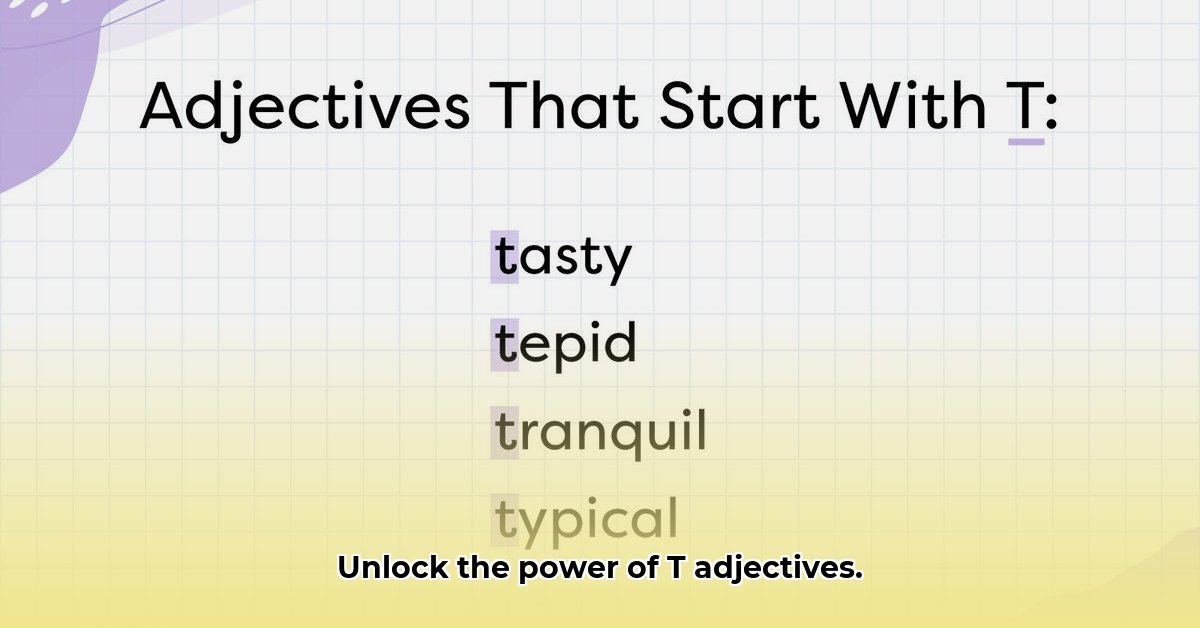
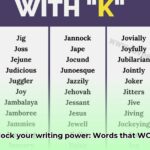

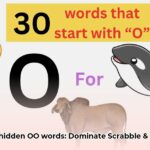

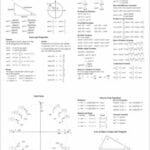









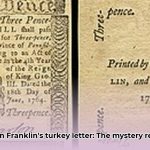

1 thought on “Mastering T Adjectives: A Guide to Powerful Descriptions”
Comments are closed.